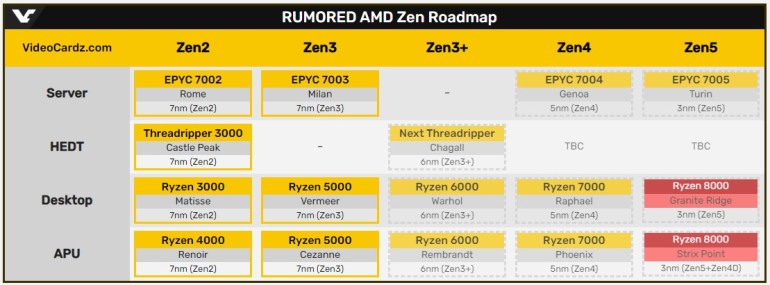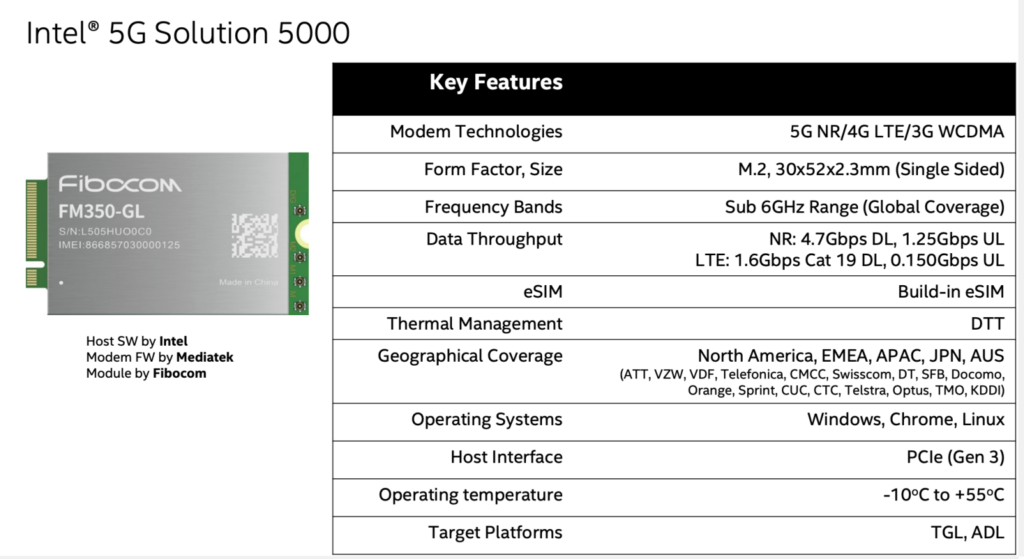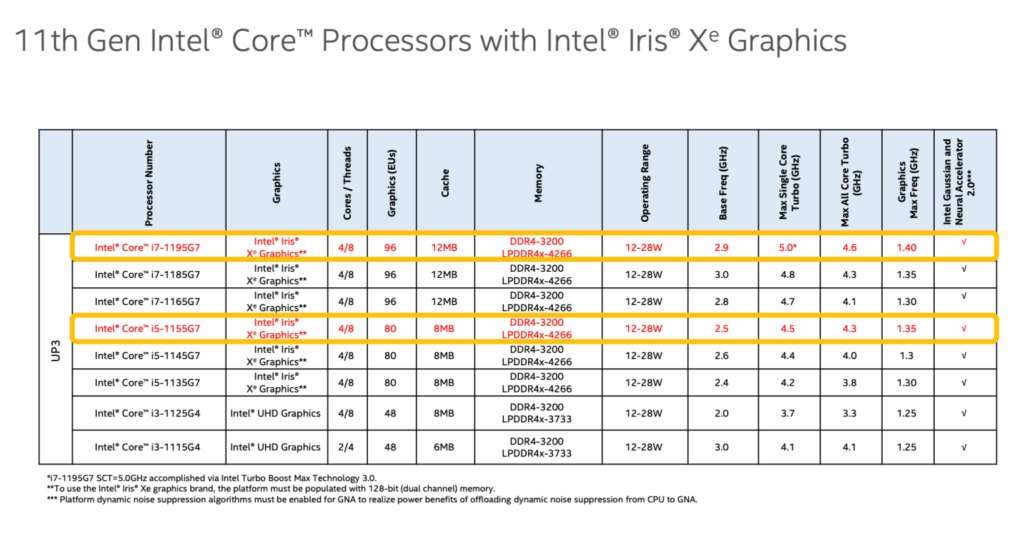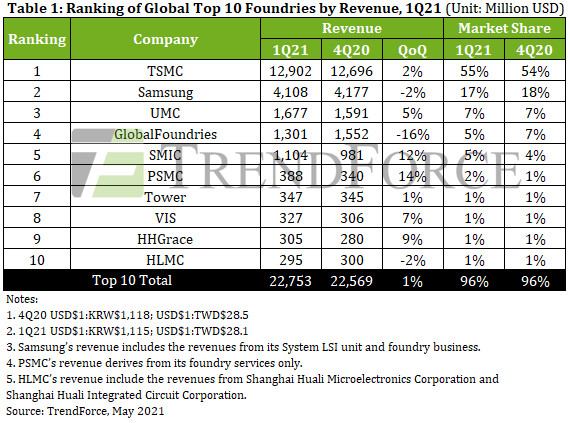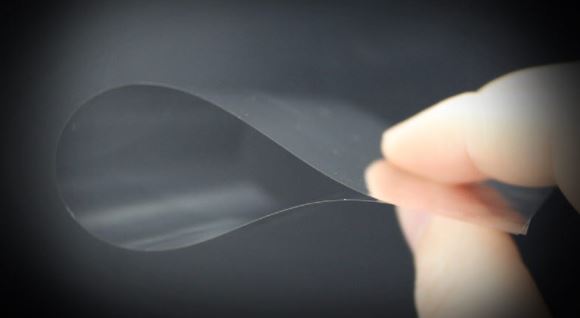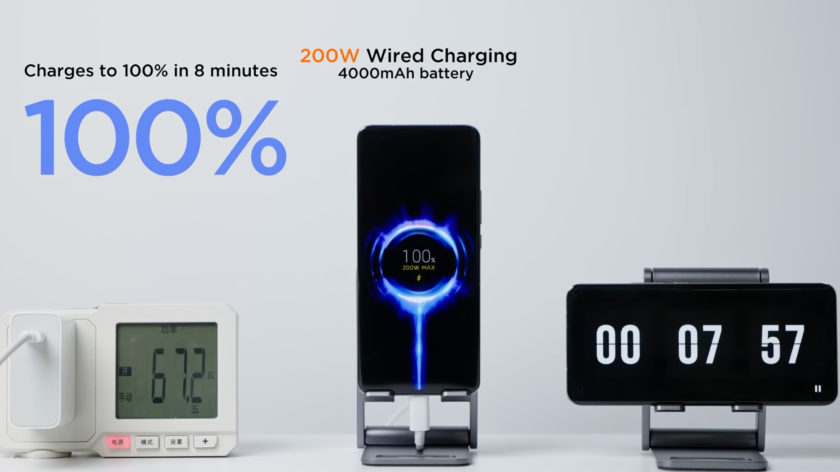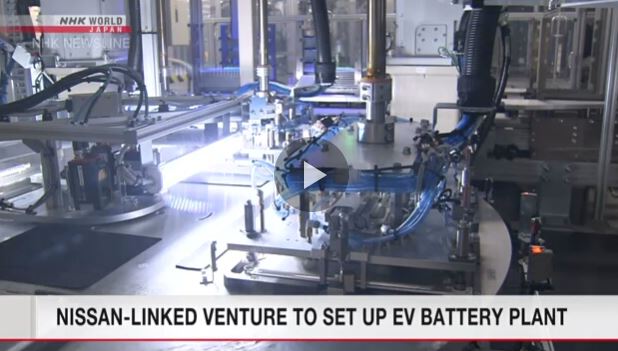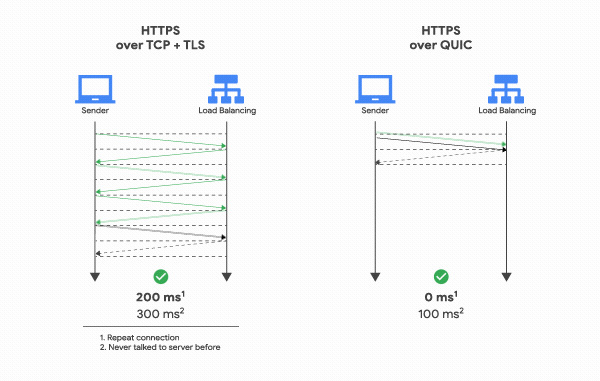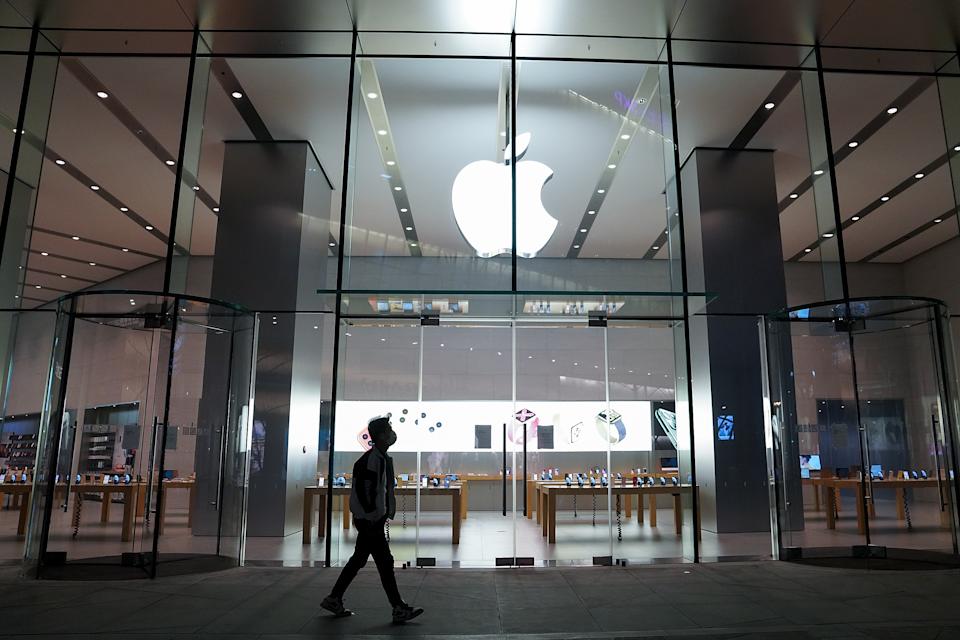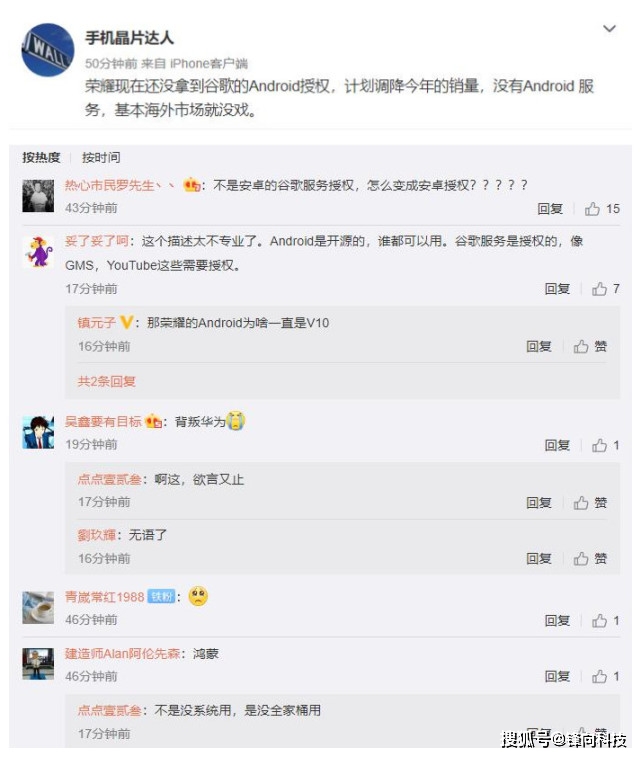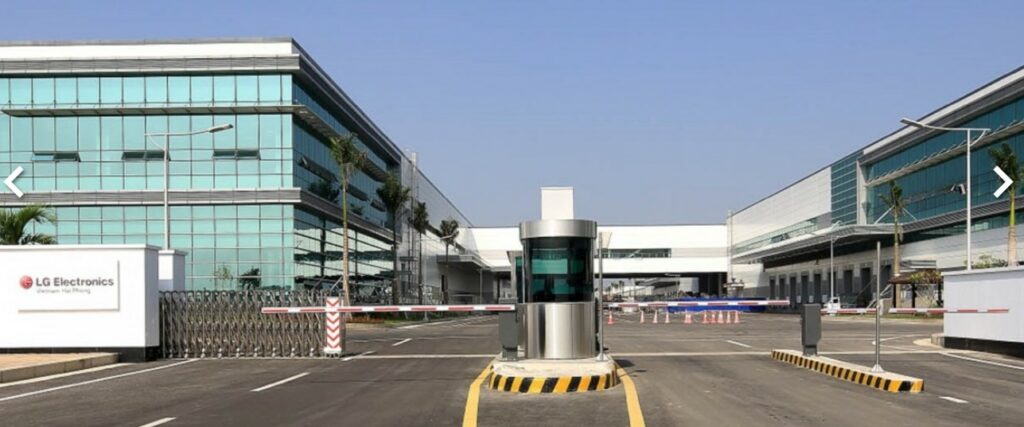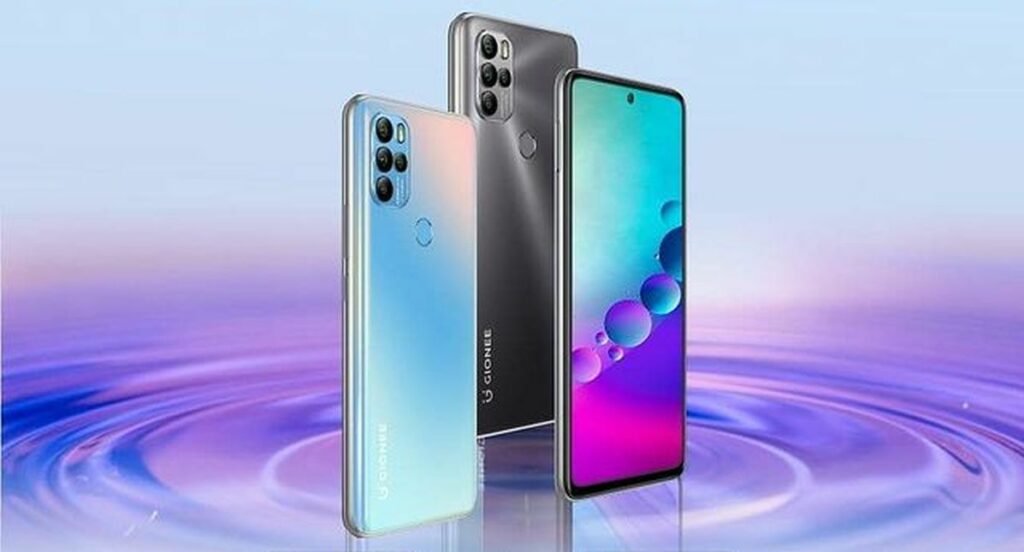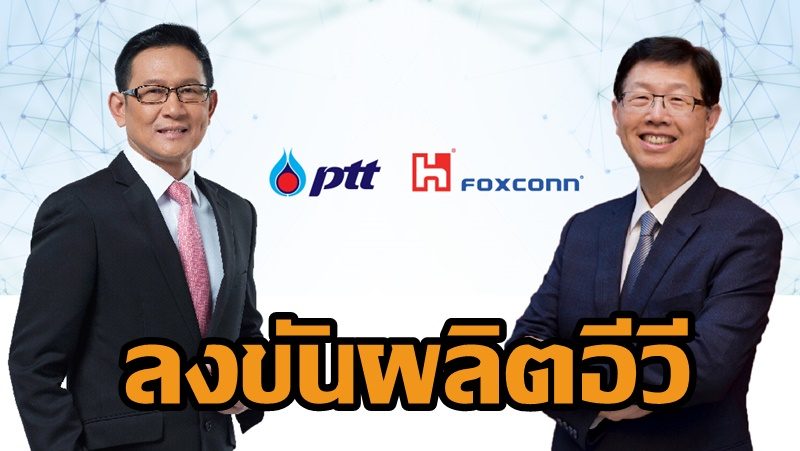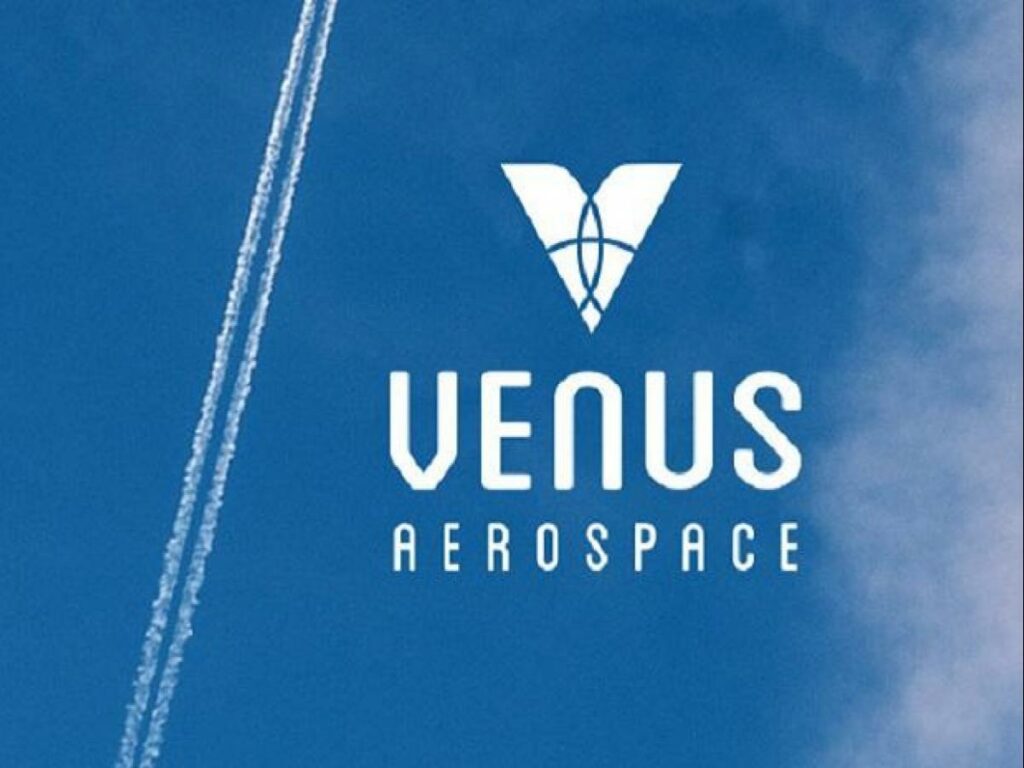
6-1 #HappyChildrenDay : Xiaomi has introduced new 200W wired and 120W wireless HyperCharge technology; LG Electronics’ factory in Vietnam where most LG phones were being built will be switching over to home appliances; Taiwan’s Foxconn has announced a partnership with Thailand’s state-run energy group PTT PCL; etc.
Goke Microelectronics has indicated that the company and Yangtze Memory Technologies Co (YMTC) are maintaining a strategic partnership. Recently, the global integrated circuit industry is short of production capacity, and there is uncertainty about whether the production capacity of wafer foundries and packaging and testing plants can meet the company’s procurement needs. Following the successful mass production of GK2302 and becoming the main chip in the market, Goke has successfully released another 2302 upgrade chip 2302V200 equipped with a domestic embedded CPU, and will be mass-produced in 2021. (Laoyaoba, NBD, Sohu)
Advanced Micro Devices (AMD) and the foundry TSMC have joined hands, 2H21 will accelerate the development and mass production of advanced manufacturing processes for processors based on chiplets. It is understood that AMD has booked 2022 5nm and 3nm production capacity from TSMC in the next 2 years. It is expected to launch 5nm Zen4 architecture processors in 2022, and 3nm Zen5 architecture processors will be launched between 2023-2024, which will become TSMC 5nm processors by then. And 3nm high-performance computing (HPC) largest customer. (My Drivers, Sohu, Sina, Tom’s Hardware)
Intel has announced the first 5G product to come from its partnership with MediaTek, which it announced in late 2019. The Intel 5G Solution 5000 is an M.2 5G system for laptops using a standardized interface. The Intel 5G Solution 5000 comes with support for sub-6GHz 5G, 4G LTE and 3G WCDMA. Acer, ASUS, and HP among the first to use in their designs. (My Drivers, Neowin, TechCrunch, Intel)
Intel has announced its latest flagship 11th-gen U-series chip Core i7-1195G7, which will be able to reach 5GHz on a single core thanks to Intel’s Turbo Boost Max 3.0. The company has also announced the i5-1155G7, which offers a few speed improvements over the previous top-end i5. Both of Intel’s new chips have Intel Irix Xe graphics. (Engadget, TechCrunch, Neowin, Liliputing, Intel)
Despite the result for 4Q20 being a high base for revenue comparison and power outage incidents at some fab sites, the quarterly total revenue of the top 10 foundries rose by 1% QoQ to a record high of USD22.75B in 1Q21, according to TrendForce. TSMC maintained its first place position with a quarterly revenue of USD12.9B, a 2% increase QoQ. (CN Beta, TrendForce, TrendForce)
Intel CEO Pat Gelsinger has indicated that the work-and-study-from-home trend during the COVID-19 pandemic had led to a “cycle of explosive growth in semiconductors” that has placed huge strain on global supply chains. He has indicated that there could be a global shortage of semiconductors for several years. (Neowin, Reuters)
The Japanese government on Monday was set to finalize a plan in which it has enlisted Taiwan Semiconductor Manufacturing Co (TSMC) to develop cutting-edge chip-making technologies in Japan. TSMC intends to bear around half the project’s cost of about JPY37B (USD337M). Over 20 Japanese companies — including Ibiden, which is strong in chip packaging — will participate. (Laoyaoba, Reuters, Asia Nikkei)
Samsung Display plans to sell foldable organic light-emitting diode (OLED) panels using ultra thin glass (UTG) to other smartphone manufacturers to strengthen its foldable display business. Douinsys, a subsidiary of Samsung Display, is the first company in the world to commercialize UTG. The thin processed glass is strengthened to increase flexibility and durability, making it foldable and unfoldable. (ET News, Laoyaoba, Sohu)
India’s government plans to inject USD20B to promote the establishment of related LCD panel supply chains in the country. The country ministry’s secretary Ajay Prakash Sawhney has revealed that India would be able to support 3-4 large-scale LCD panel investment projects. India will focus on establishing 6G lines to roll out panels for mobile device applications and Gen-8.5 lines for other applications. (Digitimes, EE Focus, Laoyaoba)
Xiaomi has introduced new 200W wired and 120W wireless HyperCharge technology. The new wired charging solution can top up a 4,000mAh battery in 8 minutes. The wireless HyperCharge implementation can fully charge a device in 15 minutes. (My Drivers, Gizmo China, Android Authority)
Nissan Motor will partner with China-based battery maker Envision AESC group to build new battery plants for electric vehicles in Japan and United Kingdom and will invest over JPY200B (USD1.82B). Nissan will start turning out batteries in two new plants as early as 2024, aiming for total capacity sufficient to power 700,000 EVs per year. Envision is the world’s seventh-largest supplier of EV batteries. With the new factories in Japan and the U.K., the company aims to raise its capacity, turning out enough cells to power 900,000 EVs a year. (Laoyaoba, The Guardian, NHK, Asia Nikkei)
Google’s Quick UDP Internet Connections (QUIC), a protocol for transmitting data between computers, improves speed and security on the internet and can replace Transmission Control Protocol (TCP), a standard that dates back to Ye Olde Internet of 1974. The Internet Engineering Task Force, which sets many standards for the global network, published QUIC as a standard. Quic has been in public development for nearly 8 years since Google first announced QUIC in 2013 as an experimental addition to its Chrome browser. (Engadget, CNET)
Amazon Sidewalk, the company’s crowdsourced mesh network program, will be switched on across the US in early Jun 2021. Amazon devices will automatically enroll in the program unless users explicitly visit their settings menu to withdraw. These include devices in the Alexa series, the Echo line, the Ring family, and other smart home equipment. The service employs Bluetooth connections and other spectrum bands with network speed limited to 80kbps. (CN Beta, 9to5Mac, Ars Technica, Android Authority)
Deirdre O’Brien, Apple’s SVP of retail and people has indicated that Apple will add to its global retail presence even as stores in inner cities struggle with an accelerating shift to sales online during the coronavirus pandemic. Apple currently operates about 500 Apple stores globally, including 100 in Europe. (CN Beta, Bloomberg)
Although Honor has become independent, it has not yet obtained Google’s Android authorization. This means that Honor smartphones can not use Google Mobile Services (GMS). The lack of GMS means that Honor cannot make many sales outside China. For this reason, Honor is reducing its sales forecast for 2021. (GizChina, Sohu, IT Home)
LG Electronics’ factory in Vietnam where most LG phones were being built will be switching over to home appliances. LG has already transitioned some of its production capacity there to appliances as a way to keep smartphone factory workers employed. (GSM Arena, Asiae, Twitter, Korea Herald)
realme X7 Max 5G is announced in India – 6.43” 1080×2400 FHD+ HiD Super AMOLED 120Hz, MediaTek Dimensity 1200 5G, rear tri 64MP-8MP ultrawide-2MP macr0 + front 16MP, 8+128 / 12+256GB, Android 11.0, fingerprint on display, 4500mAh 50W, reverse charging 2.5W, INR26,999 (USD372) / INR29,999 (USD413). (Android Central, GSM Arena)
Gionee M15 is announced in Nigeria – 6.67” 1080×2400 FHD+ HiD LCD 60Hz, MediaTek Helio G90, rear quad 48MP-5MP ultrawide-2MP macro-2MP depth + front 16MP, 6+128 / 8+128GB, Android 11.0, rear fingerprint, 5100mAh 18W, NGN90,800 (USD221) / NGN106,200 (USD258). (Gizmo China, Yahoo)
Taiwan’s Foxconn has announced a partnership with Thailand’s state-run energy group PTT PCL to make electric cars in the Southeast Asian country. PTT has indicated that about USD1B will be invested in the venture initially, rising to a possible USD2B at a later stage. (CN Beta, Bangkok Post, Reuters, Bloomberg)
Venus Aerospace, a Houston startup, has said it is hypersonic aircraft that would cut travel time from Los Angeles to Tokyo to 1 hour. The company has said that it has made breakthroughs in engine efficiency, aircraft shape, and edge cooling technology. The company’s aircraft would travel at an altitude of about 150,000 feet, or about 28.4 miles, almost four times higher than most passenger jets. (CN Beta, Bloomberg, Business Insider, Houston Chronicle)

